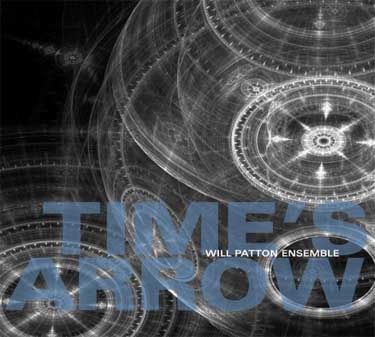« Using food to understand rhythms. |
Main
| It's in the hole. (A vs. F) »
 June 11, 2015 | Will Patton on the nuances of good tone. June 11, 2015 | Will Patton on the nuances of good tone.

In our April 2007 issue of MandolinSessions, we interviewed several prominent mandolin professionals about effective tone. Will Patton, Vermont-based jazz mandolin wizard described an important focus in his own playing, "letting a phrase 'breathe' naturally."
"A musical phrase should be like human speech, with inflections, rising and falling. Each phrase has a natural arc to it, let the intensity rise to the emotional high point and then fall off. Singers do it all the time, it makes the music come alive. Singing along with a phrase can sometimes unlock the natural contours."
Without the stability and certainty of solid individual notes, it doesn't matter what you do with the pick, you'll never successfully convey a line. Will confesses the mandolin can have a somewhat limited dynamic range, "Even though the mandolin has a limited range of volume, there's no reason not to take advantage of it. You can only play so loud, but you can really play soft! This technique is greatly aided by a receptive audience, a good sound system, and band mates who are tuned in to what's going on.
There are some lovely techniques for playing soft, including a very gently vibrato played where the neck joins the body. (David) Grisman uses this to great advantage at times. Not unlike a teacher quieting a room by speaking more SOFTLY, it can be very dramatic to have the band come to a whisper in a passage of music." With a well-fretted note, you also have a variety of places on the fretboard to produce a range of sounds.
Patton adds, "Sometimes my students and I will experiment with how many ways we can play ONE NOTE - say a nice Eb on the A string... it can be plucked down near the tailpiece for a bright soft tone with lots of overtones, or played hard and quickly (bluegrass style!) a little further up the body, or the pick can be brought thru the string, almost like you're aiming for a spot about 5 inches below the string, right over the sound hole (assuming an oval hole), which yields a rich full tone, or played up the neck a bit, bringing some other overtones into the sonic mix. This is the pick hand, the left (or fretting) hand can be static, or doing a slow back & forth vibrato (like a classical violinist) - or giving it some of that rock guitar edge with an up and down tremolo, adding a little 'bite' or sting to the note."
Read what other artists had to say, including Paul Glasse, Michael Lampert, Evan Marshall, Mike Marshall, Emory Lester, Scott Tichenor, Jamie Masefield, John Reischman, Don Stiernberg, and David Grisman.
MandolinSessions Article: Thinking Good Tone Part 1; What the Pros say about Good Tone
Purchase CD: Will Patton Ensemble; Times Arrow

iTunes
More Will on Amazon
Artist Website: Will Patton
Mandolin Cafe Interview
Posted by Ted at June 11, 2015 8:50 PM

Disclaimer: In the 'Information Age' of the 21st Century,
any fool with a computer, a modem, and an idea can
become a self-professed 'expert." This site does not
come equipped with 'discernment.'
|



